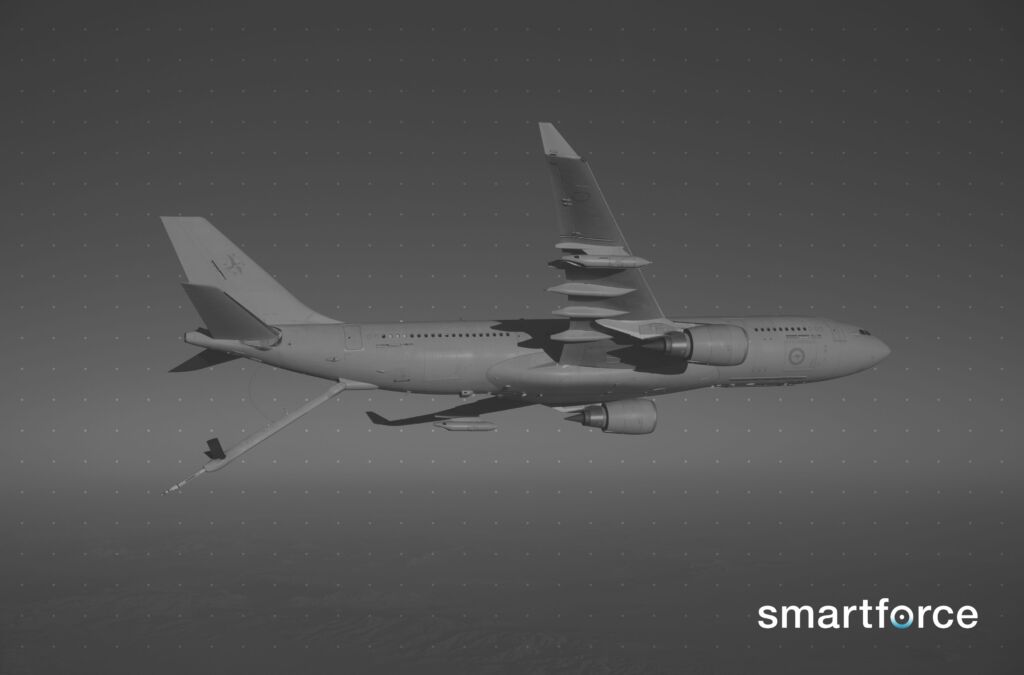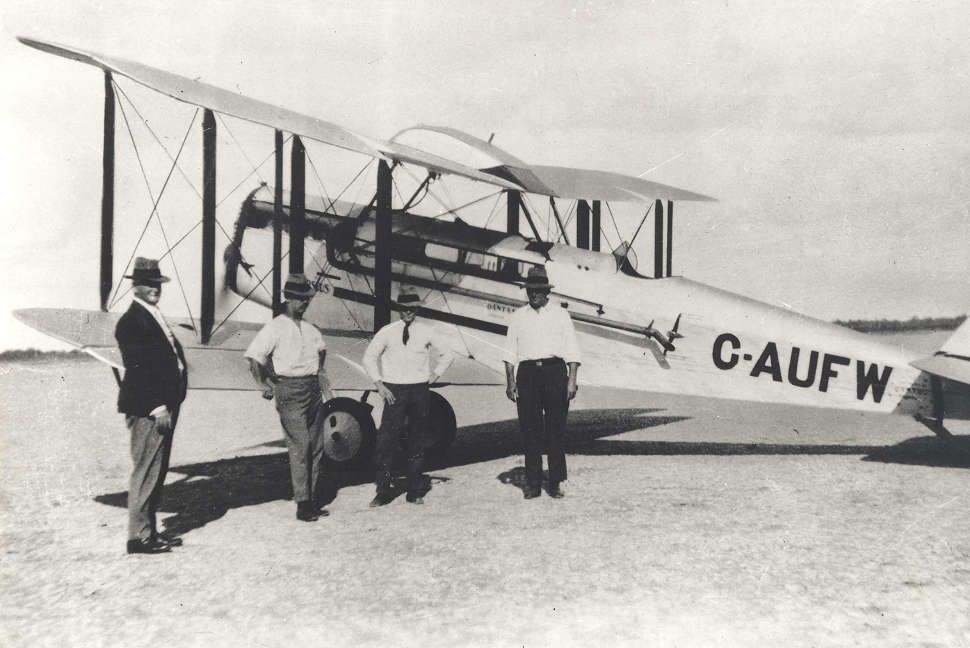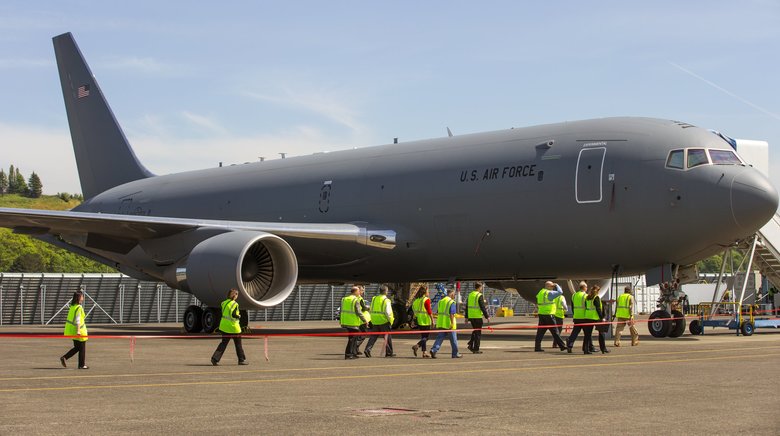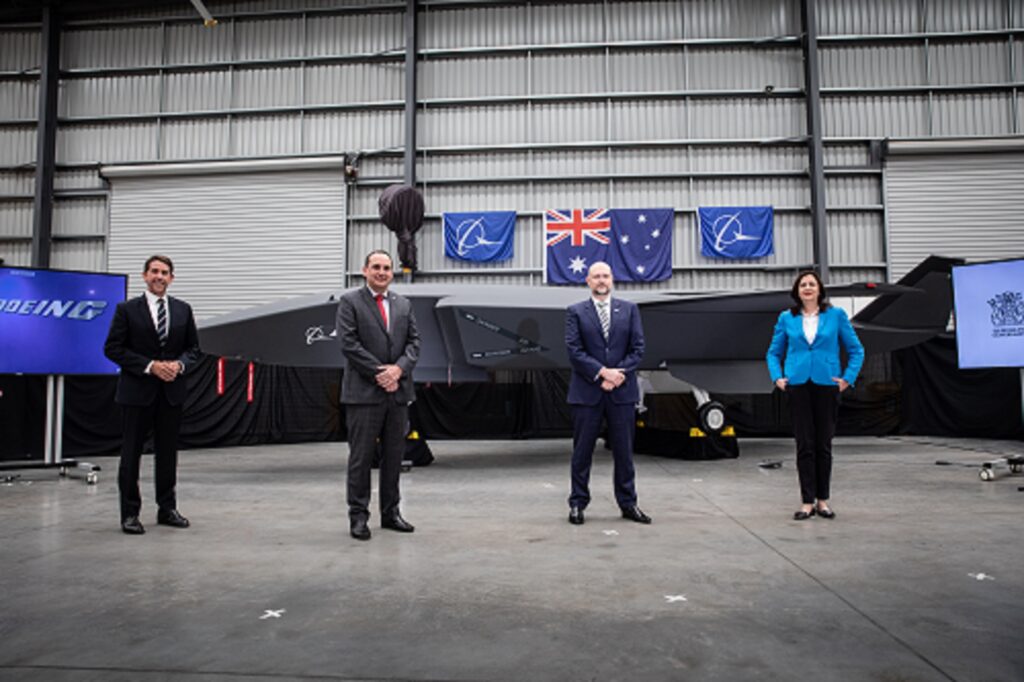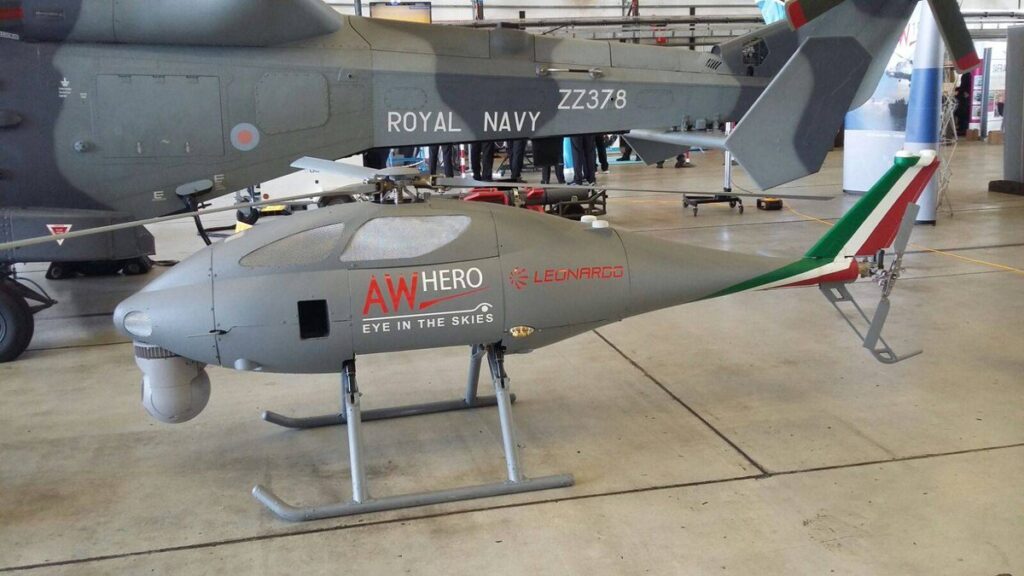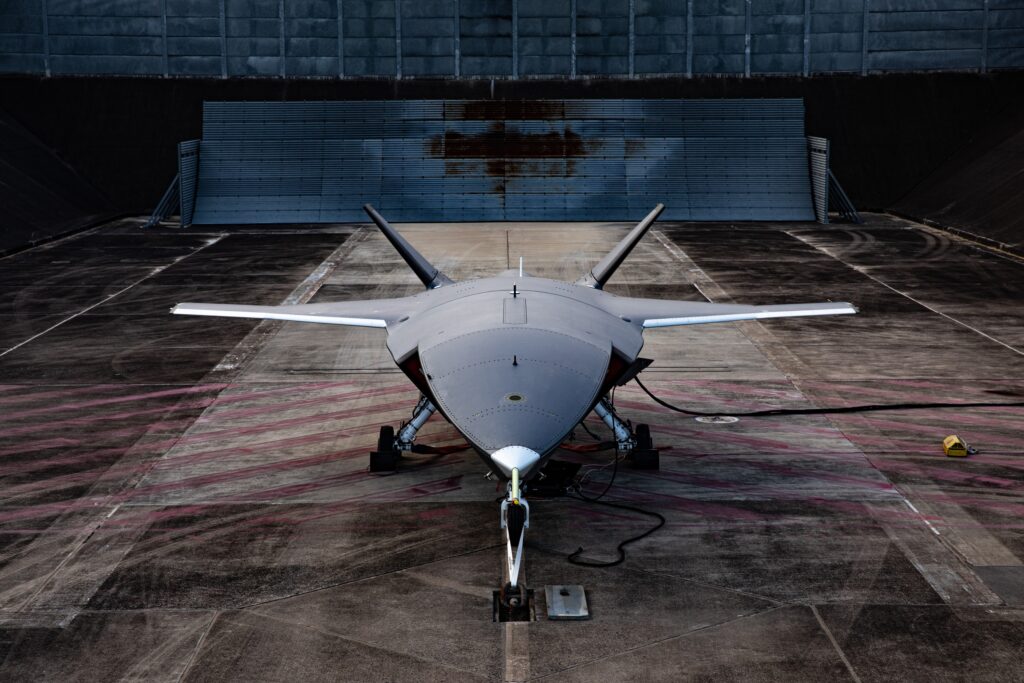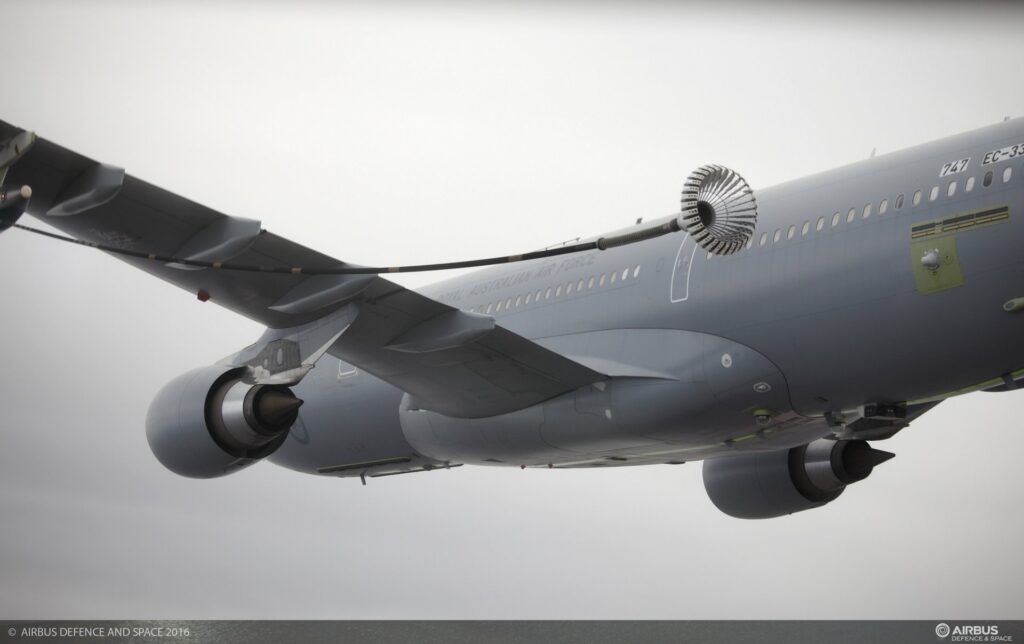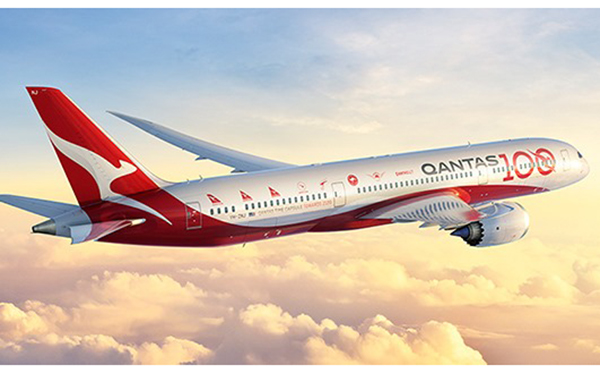Airbus Signs Maintenance Digital Services Contract With Royal Australian Air Force
Airbus (Paris: AIR.PA) has signed a contract to provide a digital services focus for the maintenance of the Air Refueling Boom System (ARBS) on the Royal Australian Air Force (RAAF) KC-30A Multi-Role Tanker Transport (A330…
